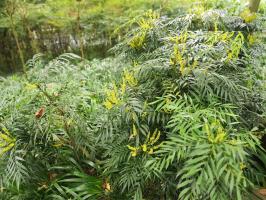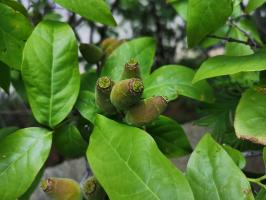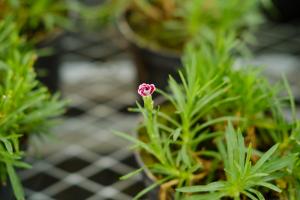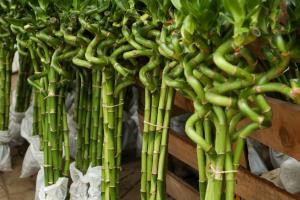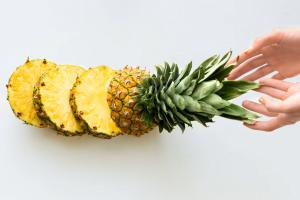Which Two Groups of Plants Require Water for Reproduction
Water is an essential requirement for the growth of all plants. However, there are particular groups of plants that require water for their reproduction. In this article, we will explore which two groups of plants need water for their successful reproduction and understand the process behind it.
Bryophytes
Bryophytes are a group of nonvascular plants that require water for their reproduction. The group includes mosses, liverworts, and hornworts. Their life cycle consists of two main stages: the gametophyte stage and the sporophyte stage. During the gametophyte stage, the male and female gametes (sperm and egg) are produced in separate structures known as gametangia. The gametangia are located in the antheridia and archegonia of the plant, respectively.
When the conditions are suitable, i.e., adequate moisture, the sperm from the antheridia swim through the film of water to the archegonium, where it fertilizes the egg. The fertilized egg develops into a sporophyte, which is attached to the female gametophyte. The sporophyte then produces haploid spores through meiosis that are dispersed in the environment, leading to the beginning of a new generation of bryophytes.
Pteridophytes
Pteridophytes or ferns are another group of plants that require water for their reproduction. Ferns have a life cycle, similar to bryophytes, that consists of two stages, namely the sporophyte and gametophyte stages. The sporophyte phase is the dominant stage in the ferns' lifecycle, while the gametophyte is a small and short-lived stage.
The ferns produce spores on the underside of their fronds, which fall on damp ground and develop into a prothallus, which is the gametophyte phase. The prothallus produces male and female reproductive organs in the antheridia and archegonia, respectively. Similar to bryophytes, when there is enough moisture, the sperm swims through the water to the egg, which leads to fertilization. The fertilized egg develops into a sporophyte that grows into a new fern plant.
Conclusion
In conclusion, bryophytes and pteridophytes are two groups of plants that require water for their reproduction. Water is necessary for the movement and fertilization of the sperm and is vital for the successful completion of their life cycle. Both bryophytes and pteridophytes are critical components of the ecosystem and play a significant role in soil conservation, carbon sequestration, and climate regulation.

 how many times do yo...
how many times do yo... how many planted tre...
how many planted tre... how many pine trees ...
how many pine trees ... how many pecan trees...
how many pecan trees... how many plants comp...
how many plants comp... how many plants can ...
how many plants can ... how many plants and ...
how many plants and ... how many pepper plan...
how many pepper plan...

